
Eloise Damrosch
Arts Education Campaign Yields Results in Portland
Posted by Nov 19, 2012

Eloise Damrosch
 Eloise Damrosch
Eloise Damrosch
On November 6, Portland voters passed ballot measure 26-146 to restore arts and music programs in Portland schools and fund arts access citywide.
Needless to say, we are thrilled with the results—the measure passed with 62% approval! Measure 26-126 creates a new income tax of $35 per income-earning resident (above the federal poverty level), which will generate an estimated $12.5 million every year starting in 2013.
Approximately $6.8 million will pay for 68.5 certified arts education teachers in Portland’s school districts (Centennial, David Douglas, Parkrose, Portland Public, Reynolds, and Riverdale) —that’s one arts specialist for every 500 students. Districts receiving these funds will be required to maintain weekly arts instruction in grades K–5.
In addition, the new tax will generate about $5.7 million per year for our local arts agency:
- $3.8 million will fund arts organizations that provide arts programming and access for every Portland resident through RACC’s general support grants program
- $1.6 million will fund project grants to schools and arts organizations that provide arts programming for K-12 students and underserved residents
- $366,000 is being set aside to coordinate arts education programs across Portland’s six school districts. Our partnership with the Kennedy Center’s Any Given Child program will be our foundation for this work.
In the months ahead, we will be having lots of conversations with local arts organizations to help them build plans that leverage these resources. Our ultimate goal is to improve arts access in the City of Portland and build new audiences.
Read More



 John Eger
John Eger


 Janet Stanford
Janet Stanford

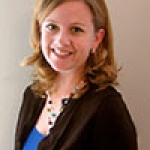


 Deb Vaughn
Deb Vaughn

 Victoria Plettner-Saunders
Victoria Plettner-Saunders

 Bill Rossi
Bill Rossi



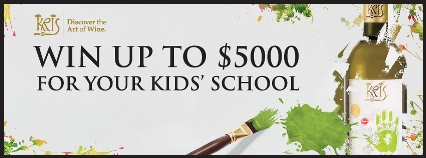

 Ron Jones
Ron Jones


 David Coleman
David Coleman

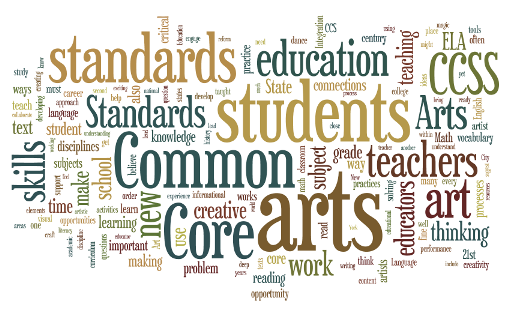

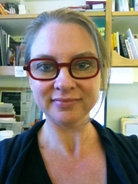 Jeanne Hoel
Jeanne Hoel

 Richard Kessler
Richard Kessler
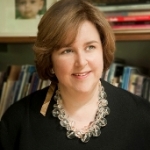
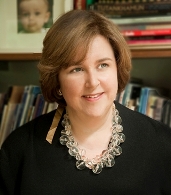 Lynne Munson
Lynne Munson
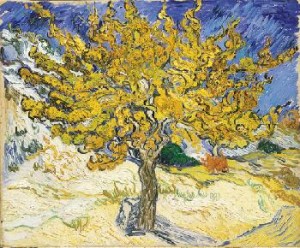 "Mulberry Tree" by Vincent van Gogh
"Mulberry Tree" by Vincent van Gogh
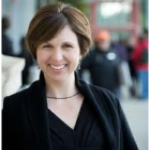
 When I think of the
When I think of the 
 Niel DePont
Niel DePont

 Mark Slavkin
Mark Slavkin

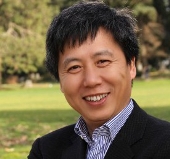 Yong Zhao
Yong Zhao




